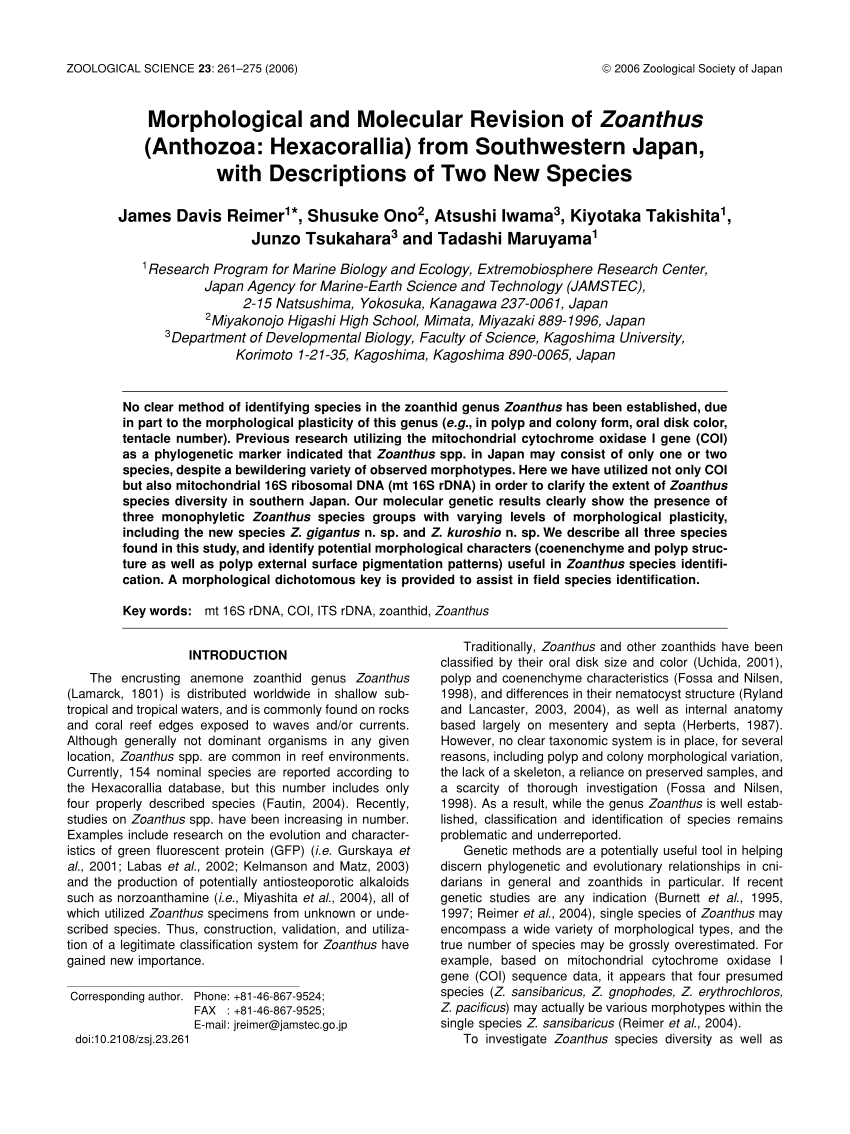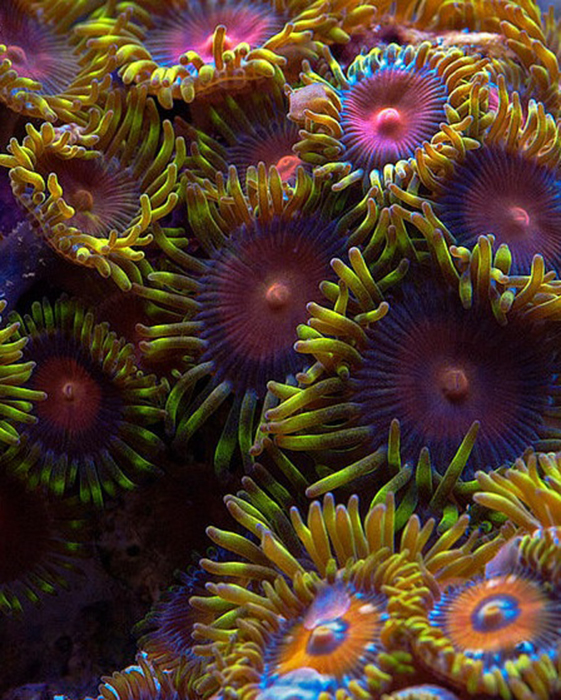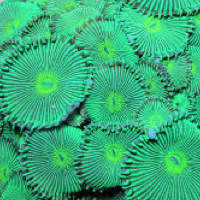Zoanthus sp vs Palythoa sp
Why is there so much confusion and wrong identity in the trade?
Soo many zoas like utter chaos, frozen apples, pandoras, bloodsuckers, nirvanas, people eaters etc etc are all incorrectly called "palys" by many hobbyists and even vendors.
where as the only colorful real Palythoas in the hobby are purple deaths, captain jerks, nuclear greens, giant cinnamons etc etc.
"who cares?" - sure, I get that, but I have seen people refuse zoanthus sp. like utter chaos and people eaters because they thought they were palythoa.
Most commonly its Z. gigantus, kurisho, vietmanemisis or pulchellus that get called "palys"
Question of discussion is, will it ever change?
Zoanthus sp.





REAL Palythoa sp.





Why is there so much confusion and wrong identity in the trade?
Soo many zoas like utter chaos, frozen apples, pandoras, bloodsuckers, nirvanas, people eaters etc etc are all incorrectly called "palys" by many hobbyists and even vendors.
where as the only colorful real Palythoas in the hobby are purple deaths, captain jerks, nuclear greens, giant cinnamons etc etc.
"who cares?" - sure, I get that, but I have seen people refuse zoanthus sp. like utter chaos and people eaters because they thought they were palythoa.
Most commonly its Z. gigantus, kurisho, vietmanemisis or pulchellus that get called "palys"
Question of discussion is, will it ever change?
Zoanthus sp.
REAL Palythoa sp.






















